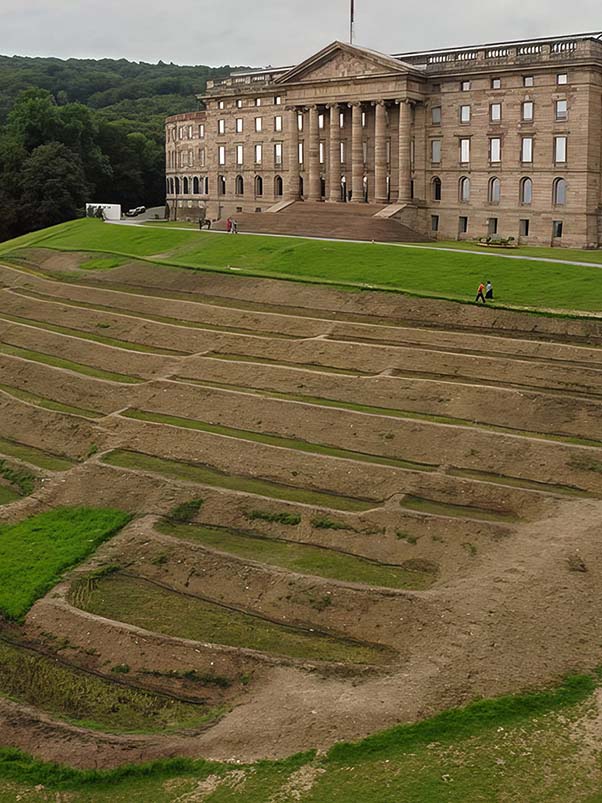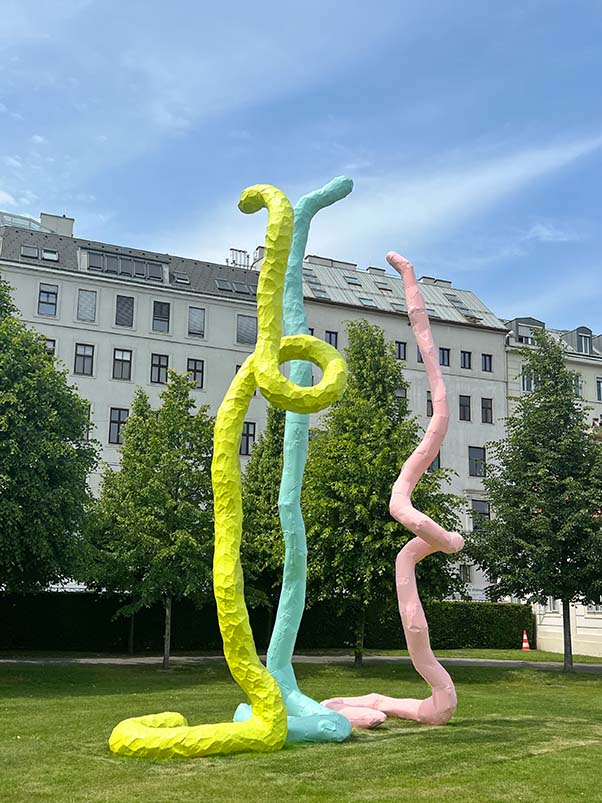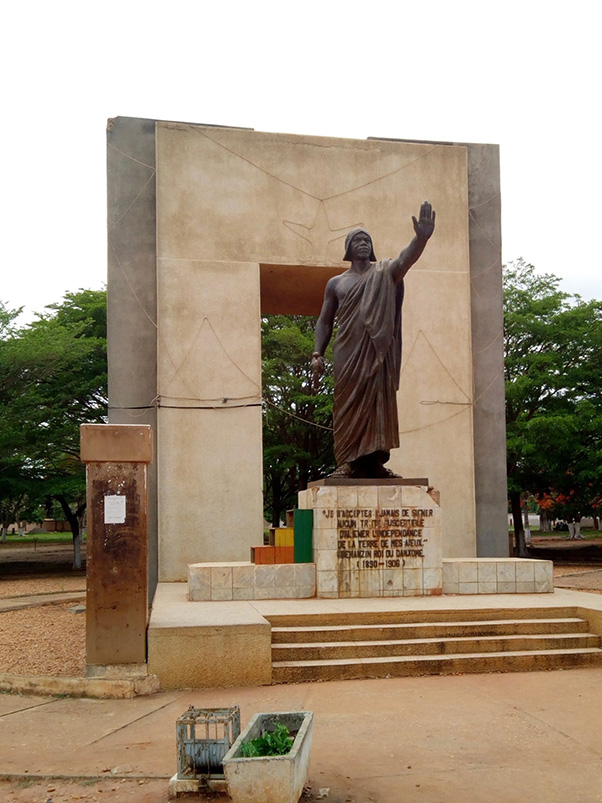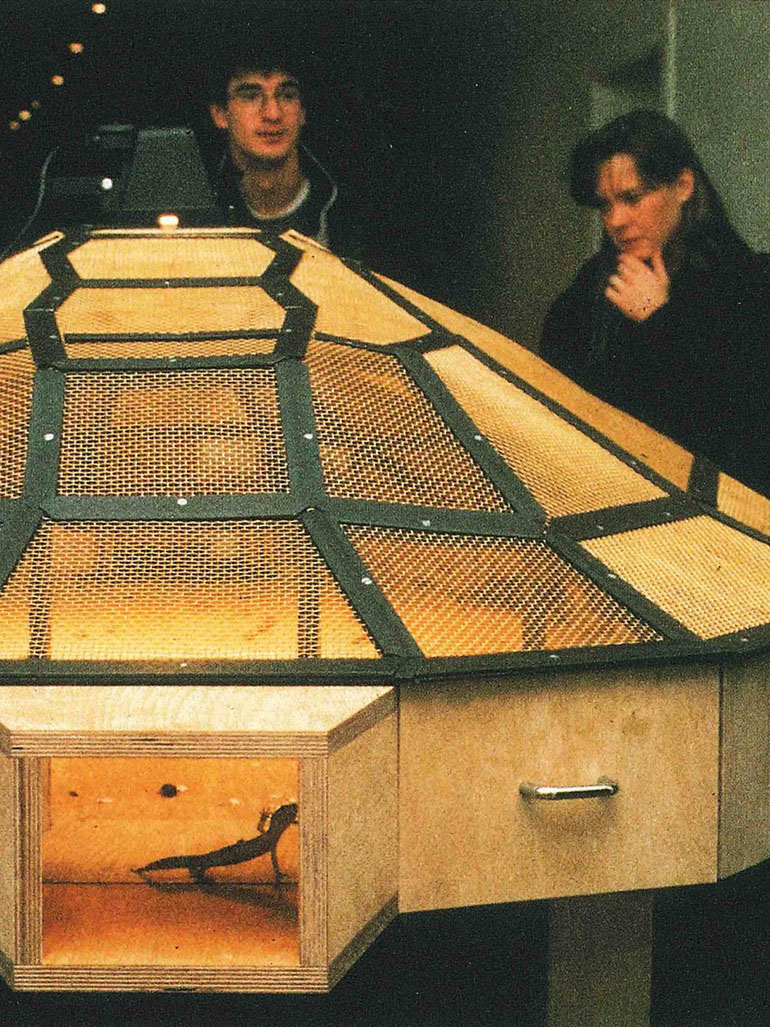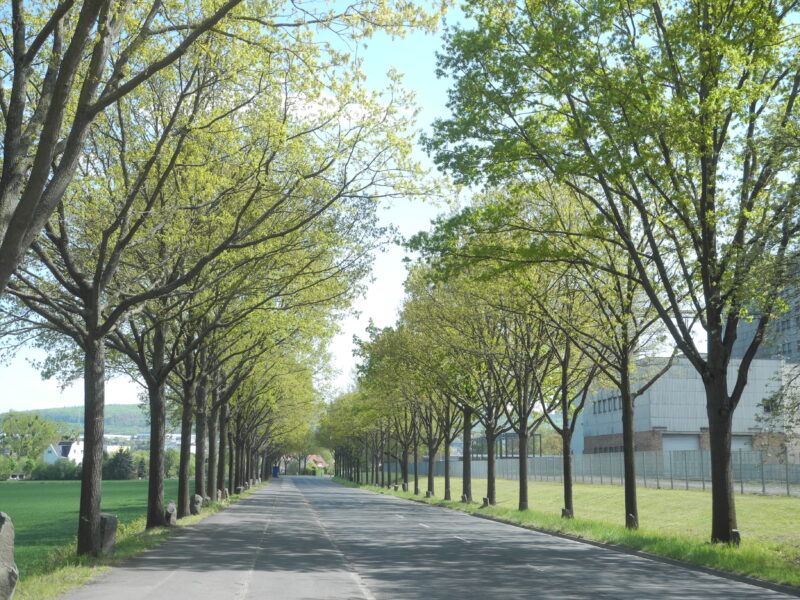
7000 Oaks
7000 Oaks is an environmental artwork created by German artist Joseph Beuys 1. The artist proposed a plan to have 7000 oaks trees 2 planted across the Germany city of Kassel 3, each tree accompanied with basalt stone, 4 feet high above the ground.
Joseph Beuys’ objection was for the project to extend throughout the world as the initial stage of a worldwide mission to trigger social and environmental change. In Kassel, 7000 Oaks was to bring about urban renewal.
First trees planted during documenta 7, 1982
The plan was first presented to the public in 1982 at documenta 7. Documenta is a contemporary art event that takes place every five years in Kassel, Germany. Many volunteers came out to help Beuys plant the oaks, most notably Dia Art Foundation.
7000 oaks was a five-year project that took place throughout the great city of Kassel. Locations included significant public grounds, schools, and sites proposed for residential units and many other local associations.
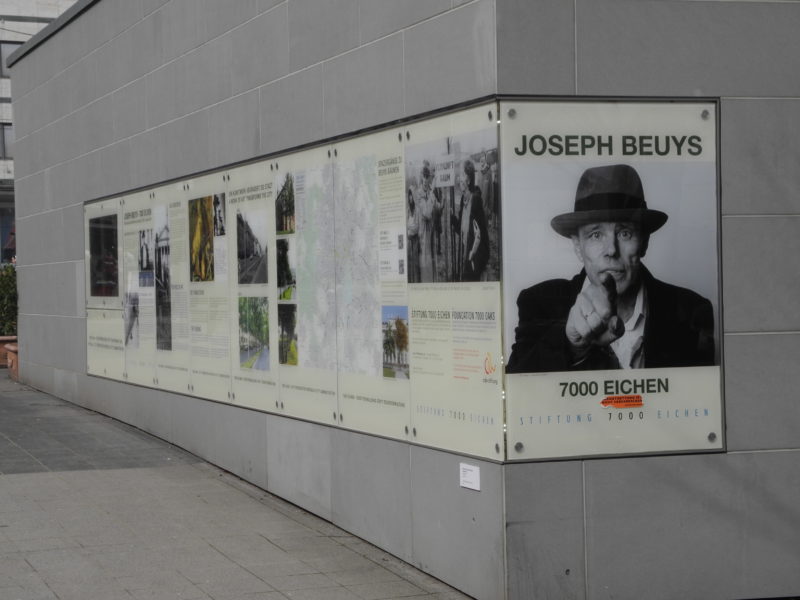
The idea behind it
The idea of planting 7000 oaks stemmed from the perceived extensive urbanization of the city; thus, Beuys reasoned that the project would act as an intervention 4. The trees were planted mainly in areas that were affected by bombings during World War II.
The meaning of the accompanying columnar basalt stele was to convey the basic concept in Beuys’ philosophy that human-made structures and nature 5 can coexist in harmony despite having oppositional qualities.
With 7000 oaks, Joseph Beuys wanted to stimulate and provoke people into acting and match towards social and environmental change. At the beginning of 7000 Oaks, 7000 stones were heaped in front of the Museum Fridericianum. The museum was supposed to sink each time oak was planted.
Controversy
The art project was one of the most ambitious of that time, and just like many social and environmental projects, 7000 oaks too faced controversy and opposition.
Many people had reservations and didn’t trust 7000 trees would be planted in the city. Other people termed the project as a parking lot destroyer, but as the project gained momentum and received support from different fractions, the perceptions of the public adjusted.
Much of the opposition that faced Beuys and his reforestation project came from the political front from the then conservative state government that was majorly dominated by the Christian Democrats. However, the mayor of Kassel was a staunch supporter of the project and Joseph Beuys.
Documentation
22 min 34 sec
Analysis
Analysis
Beuys was not your ordinary artist. He did not create artworks to entertain and amuse the audience. Instead, he wanted to propagate an awakening message from the customary, which stretches beyond instant gratification. Beuys explored a variety of mediums to convey his messages, but nature was his standout theme.
7000 oaks communicated the need for human beings to change their perceptions of their environment and nature. By using basalt column stones and oak trees, Joseph Beuys brought attention to the continually evolving relationship between the stone and the tree. This was to emphasize that the community should also be open to change and engagement with one another.
The role of oak trees
Why did Joseph Beuys choose the oaks of all trees? In his 1982 conversation with Richard Demarco, he said:
I think the tree is an element of regeneration, which in itself is a concept of time. The oak is especially so because it is a slowly growing tree with a very solid heartwood. It has always been a form of sculpture, a symbol for this planet ever since the Druids, who are called after the oak. Druid means oak. They used their Druids to define their holy places. I can see such a use for the future. The tree planting enterprise provides a straightforward but radical possibility for this when we start with the seven thousand oaks.
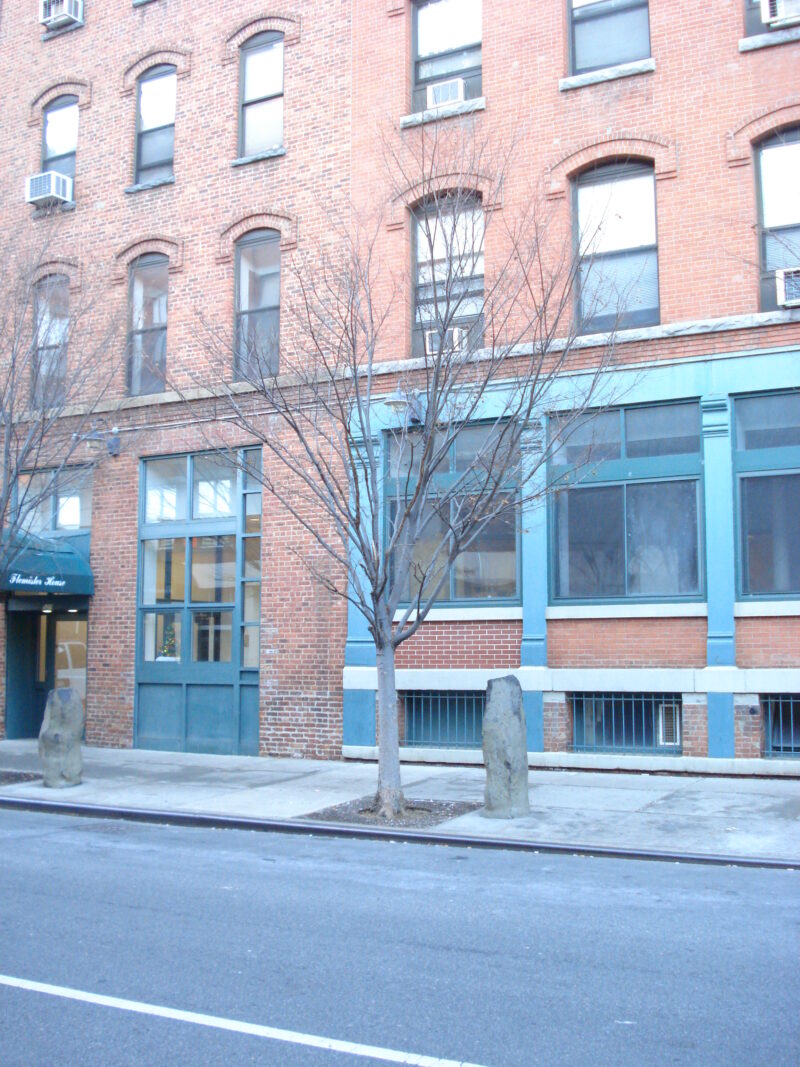
He continued:
The planting of seven thousand oak trees is only a symbolic beginning. Contrary to its initiative, progressive features such as a symbolic beginning require a marker, in this instance, a basalt column. Future goals for the project include:
- An ongoing scheme of tree planting to be extended throughout the world. This was envisioned as a part of a global mission to foster environmental and social change.
- Growth of awareness within the urban environment of human dependence on the more extensive ecosystem educational outreach.
- An ongoing process whereby the society would be activated by means of human creative will social sculpture.
Joseph Beuys’ statement indicates just how he had a deep understanding of contemporary art. According to him, the project was just the beginning of something unique that would touch many people’s lives.
Legacy
Joseph Beuys’ 7000 oaks inspired many on a global scale. In 2000, the University of Maryland’s Art and Design department created the Joseph Beuys Sculpture Park and the Joseph Beuys Tree Partnership initiative. The school planted more than 350 trees in different parks in Baltimore in collaboration with over 500 volunteers. The exercise was following the premise of Joseph Beuys that states that “everyone can be an artist.”
The last three of the 7000 Oaks project was planted in 1987 by Joseph Beuys’ son since Beuys himself had passed on a year earlier in 1986. A commemorative monument of Joseph Beuys’ work was mounted near Guggenheim Museum and Tate Modern.
7000 oaks in New York
In 1988, one of the backers of the project, the Dia Art Foundation, erected five basalt steles accompanied by five oaks at 548 West 22nd Street, marking the first inception of the 7000 oaks project to New York, United States. Since its inception, there have been a total of 37 trees planted alongside 37 stones in New York City.
More by Joseph Beuys
Explore nearby
Kassel, Germany
 Marta Minujín's Parthenon of BooksInstallation ended (dismantled in 2017)0 km away
Marta Minujín's Parthenon of BooksInstallation ended (dismantled in 2017)0 km away Apichatpong Weerasethakul's ghost sculptureInstallation ended (dismantled in 2012)1 km away
Apichatpong Weerasethakul's ghost sculptureInstallation ended (dismantled in 2012)1 km away Sakarin Krue-On's rice fieldsInstallation ended (staged in 2007)6 km away
Sakarin Krue-On's rice fieldsInstallation ended (staged in 2007)6 km away Franz West's sculptures146 km away
Franz West's sculptures146 km away North Korea's oversea sculptures146 km away
North Korea's oversea sculptures146 km away


